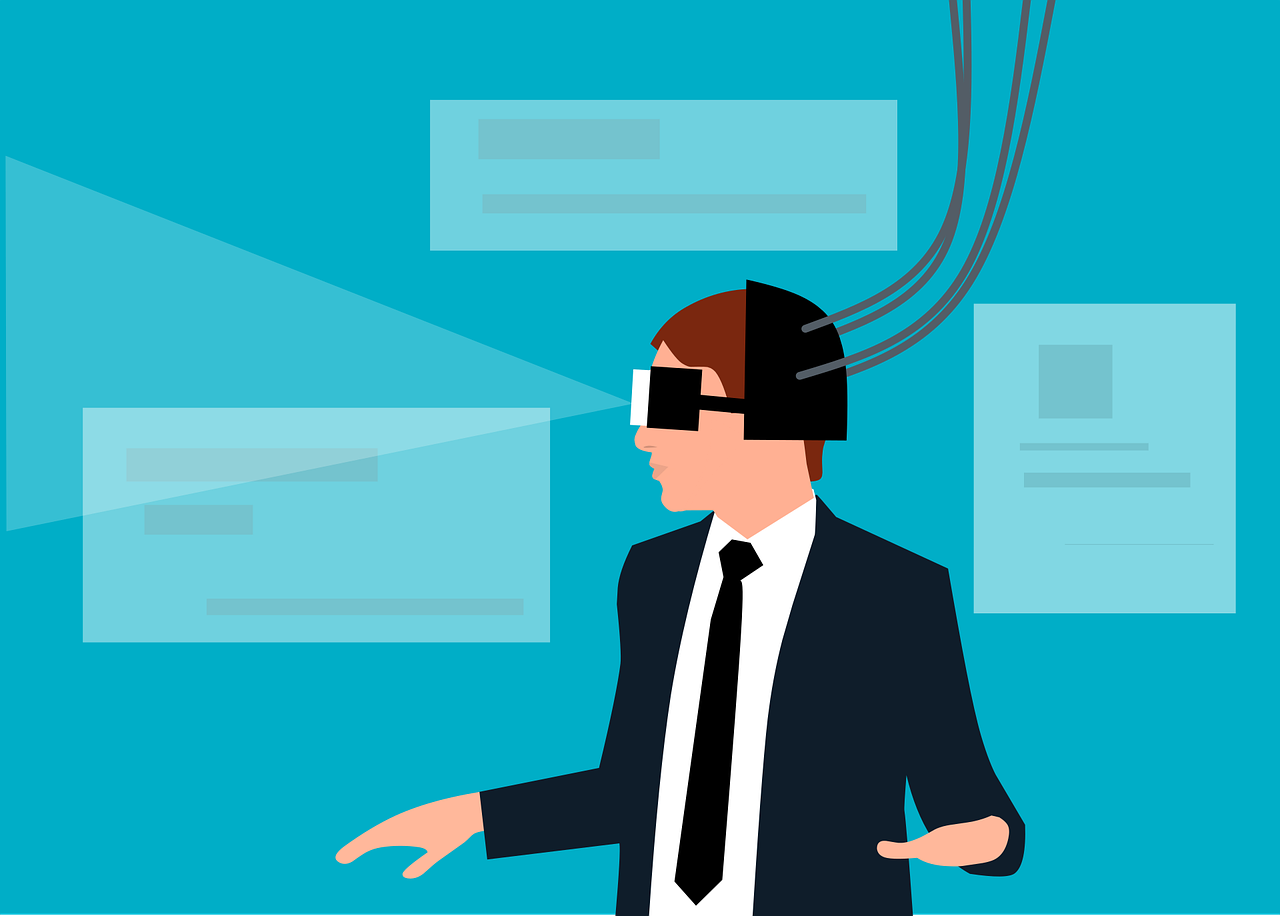Welcome To The Metaverse

The idea of a metaverse is not new. What is new is the extent to which the lines between the physical and virtual worlds have now blurred. This change in the way people live their lives holds immense opportunities—as indicated by the news of Facebook, one of the world’s largest companies, rebranding to Meta. Digital assets are a big major part of these opportunities.
An Idea Decades in the Making
The term “metaverse” was coined by Neal Stephenson in his 1992 book Snowcrash. A staple of any geek’s library, the book revolves around a post-apocalyptic future where hyperinflation has sapped the value of the U.S. dollar to the extent that people instead use alternative currencies such as yen or “Kongbucks.” To escape from this dystopian nightmare, people retreat into a virtual reality world—the metaverse—and interact with one another using avatars.1 If this sounds familiar, it is because similar ideas have also been explored in The Matrix movies and more recently in Ready Player One.
There are plenty of metaverses already in existence. Video gamers understand this. Second Life was one of the more successful attempts at creating what is now called a metaverse. It had its own floating currency, Linden dollars, which were convertible with U.S. dollars at an average rate of around 250 to one.2 These virtual worlds have their own gross domestic products (GDPs), as people produce and do things in the game that can be assigned a monetary value. In 2015, the Second Life economy was estimated to be approximately $500 million.3
The advent of digital assets like bitcoin, which are also becoming substitutes for currencies in various contexts, ushered in a new phase in this process of technological change. One example is The Sandbox (think RuneScape meets Minecraft), where the native crypto token (SAND) has a current market capitalization of around $2 billion equivalent.4 Another virtual world, Decentraland, has a token (MANA) that is valued at around $3.4 billion in market capitalization terms.5
In the past, people tended to think, at a conceptual level, as there being a physical reality (“meat space”) and a virtual reality. People used to refer to the internet as the “information superhighway” and the interactions that people had via the internet as “cyberspace.” All these terms are indicative of people’s differing attempts to grapple with new technologies and how they change the way people live their lives. The use of terms like these wanes as new technologies—in this case the internet—become “part of the furniture”6 in the room and people do more and more things in an internet-mediated way. For instance, people do not call buying stuff on Amazon “e-commerce” anymore… It is just “shopping.”
The lines between meat space and virtual space have been blurring for some time now. You have been in the metaverse(s) for a long time—even if you didn’t notice it. I called this process “the virtualisation of the world”7 around a decade ago. It is important to note something major that has changed in the intervening decade. It is only in the last few years, in industrialized countries, that the majority (i.e., >50%) of people do not remember what life was like before the internet. This demographic change will keep shifting—especially in countries where smartphones are ubiquitous and the population skews younger.
Bringing This Back to Meta
An obvious question is: what will the currency be in Mark Zuckerberg’s metaverse? For years Facebook has been trying to develop and launch its own digital currency—then called “Libra” and now called “Diem.”8 One way to spur the adoption of this digital currency might be to make it a reserve currency in Meta. If the borders between physical and virtuality realities are blurring then that means Diem can more quickly enter everyday use—and in this way becomes accessible and usable alongside other existing currencies (e.g., USD, JPY, EUR, etc).
If this vision of a monolithic Mark Zuckerberg metaverse makes you feel uneasy, the good news is that it is unlikely that one single corporation will be able to build, maintain and subsume or exclude all other virtual worlds. The more likely outcome is a set of different metaverses that make use of interoperable protocols and open source software. Jack Dorsey’s Twitter has realized this—and is integrating open source bitcoin “wallets” into users’ profiles.9 Amazon is looking for a director to help customers at senior levels, “transform the way they transact digital assets…from price discovery to execution, settlement and custody.”10 This role indicates that more Fortune 500 companies will follow this trend.
There Is More to Science Fiction Than Dystopia
The lines between physical and virtual realities have been blurring and will continue to do so over the coming decade. Shedding the dystopian, science fiction context in which popular culture tends to treat this shift helps to identify where the opportunities lie in the future. Meta has made a big bet with its rebrand, but the opportunities lie well beyond what Meta will do in this space. Metaverses are not new—what is new is the amount of investment going into the space and a growing acceptance of digital assets amongst a growing cohort of digitally native people.
1 https://en.wikipedia.org/wiki/Snow_Crash
2 https://www.investopedia.com/terms/l/linden-dollar.asp
3 https://www.hypergridbusiness.com/2015/11/second-life-gdp-totals-500-million/
4 https://www.coingecko.com/en/coins/the-sandbox
5 https://www.coingecko.com/en/coins/decentraland
6 https://www.collinsdictionary.com/dictionary/english/part-of-the-furniture
7 https://bennydean.com/post/96921781828/the-virtualisation-of-the-world-advertising-and-the
8 https://en.wikipedia.org/wiki/Diem_(digital_currency)
9 https://blog.twitter.com/en_us/topics/product/2021/bringing-tips-to-everyone
10 https://coingape.com/amazon-looking-for-digital-assets-specialist-at-aws-is-crypto-integration-coming/
Disclaimer: Investors should carefully consider the investment objectives, risks, charges and expenses of the Funds before investing. U.S. investors only: To obtain a prospectus containing this ...
more


